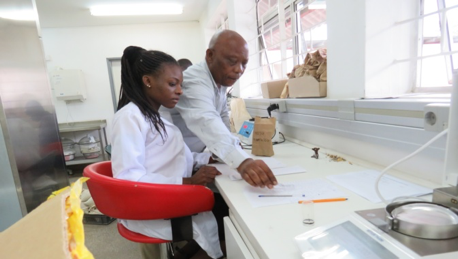
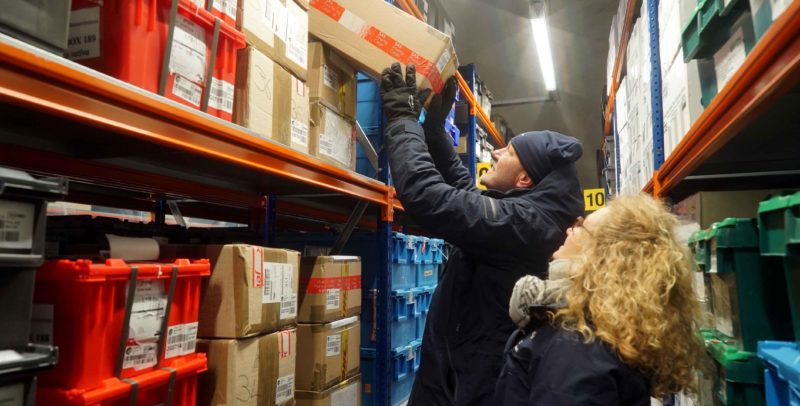
SPGRC is a regional gene bank. It has its head office in Lusaka and coordinates the work done by the different national centers for plant genetic resources (NPGRCs), situated in 16 countries in southern Africa.
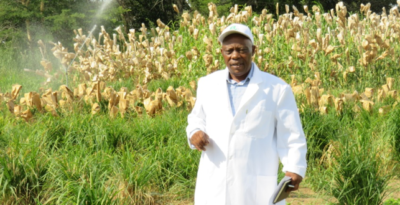
“The national gene banks have collections of the plant genetic diversity in their country which they duplicate and send to us here at the regional gene bank in Lusaka. We are the central gene bank that the national gene banks are relying on, and we, in turn, are duplicating our collection to Svalbard” says Lerotholi Qhobela, Senior Programme Manager of the Ex-Situ Conservation at SPGRC.
SPGRC has deposited seeds in the Svalbard Global Seed Vault since 2012. This time they are depositing 1 023 different varieties of maize, sorghum, millet, beans and other crops widely used in the region.
Different prerequisites
The member states of the Southern Africa Development Community (SADC) are Angola, Botswana, Comoros, Democratic Republic of Congo, Eswatini (Swaziland), Lesotho, Madagascar, Malawi, Mauritius, Mozambique, Namibia, Seychelles, South Africa, Tanzania, Zambia and Zimbabwe. SPGRC is an abbreviation for SADC Plant Genetic Resources Centre.
“SPGRC coordinates national gene banks of different countries, with different economic levels. Not all countries can do as well with conserving plant genetic resources as they would like to. Should anything go wrong, perhaps a simple thing as a power cut, the germplasm and the investments done to secure them would be lost,” Qhobela says.
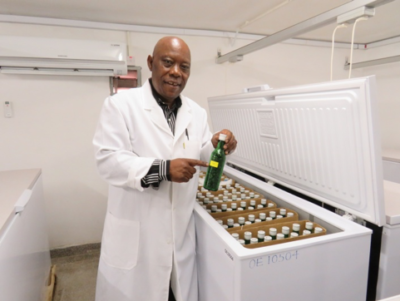
To SPGRC, it’s very important to make sure that their collections are kept safe. But for it to be safe it has to be kept in more than one location. That’s why they prioritize sending seeds to Svalbard. SPGRC has 15 690 seed accessions in its collections. So far, it has sent more than 4 000 of them to the Svalbard Global Seed Vault.
“It’s a safety measure. Should anything go wrong, we know that we can get the material back from Svalbard. We’re spreading the risk. Our aim is to have all of our collection duplicated in Svalbard as well”, Lerotholi Qhobela says.
According to him, the entire world has benefited a lot from the Svalbard Global Seed Vault, and he urges all
gene banks to use it.
“It is a safety net, not only for SADC but for the world in general”
Assessment of crops lost needed after Cyclone Idai
As the seeds from SPGRC are put on the shelves of the Seed Vault, it’s been almost three weeks since the Cyclone Idais hit the eastern coast of Africa leading to loss of lives and devastation in large parts of Mozambique, Malawi and Zimbabwe. Fortunately, the national plant genetic resources centers in all three countries were unaffected by the storm, but the leaders of the centers express great concern over the incident, which they fear could lead to loss of indigenous crop varieties. The need to do a detailed assessment of how the genetic diversity was affected now ranks high.
“We are living in a difficult time with so many threats to plant genetic resources. What we can see with the cyclone in Malawi, Zimbabwe and Mozambique represents some of the most direct challenges leading to genetic erosion” says Lerotholi Qhobela.
Balance needed in development
But the region has other problems to tackle as well. The countries in southern Africa, just as the rest of the world, are seeing a shift, where people are leaving the countryside to live in cities instead. Farmland and natural vegetative areas are converted into residential areas which lead to many valuable genetic resources disappearing.
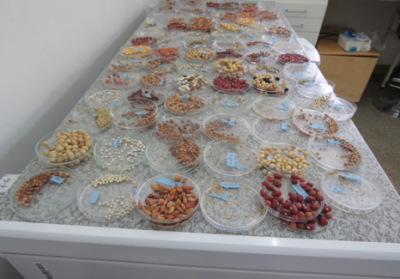
“We see a lot of development in our region. And there is a change of mindset where habits lead to a narrowing of plant genetic diversity. For example, people are moving to the use of GMO’s instead of growing our traditional landraces. But we can’t stop this change because we also want people to benefit from the development. We have to find a balance between the need for food and the need of maintaining a broad genetic diversity.”
Important with understanding
Lerotholi Qhobela also stress another issue, important to all gene banks, worldwide – the challenge of making the society in general understand the need to conserve plant genetic resources.
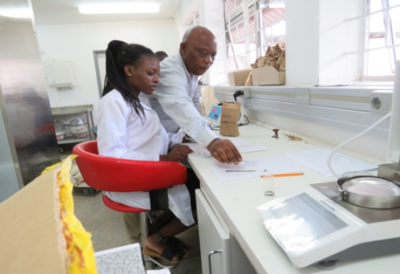
“Most people don’t understand the value of gene banks; they think they’re a waste of time. There is evidence that the genetic diversity is disappearing at a fast rate, which is affecting our way of producing food. But people look for immediate benefits, and the benefits for them when it comes to genetic diversity is not easy to see. It’s still a big barrier for people to understand the link between gene banks and the food on their plate.”
Lerotholi Qhobela pauses to think for a second and then continues:
“But it’s us, who are working at the gene banks, who have to talk about this. We have to send our message in a more understandable way. The general perception is that long-term conservation and utilization is not a critical area. But the reality is that we need to change people’s mindset so they can see the importance of investing in the work of gene banks before the diversity get lost.”
